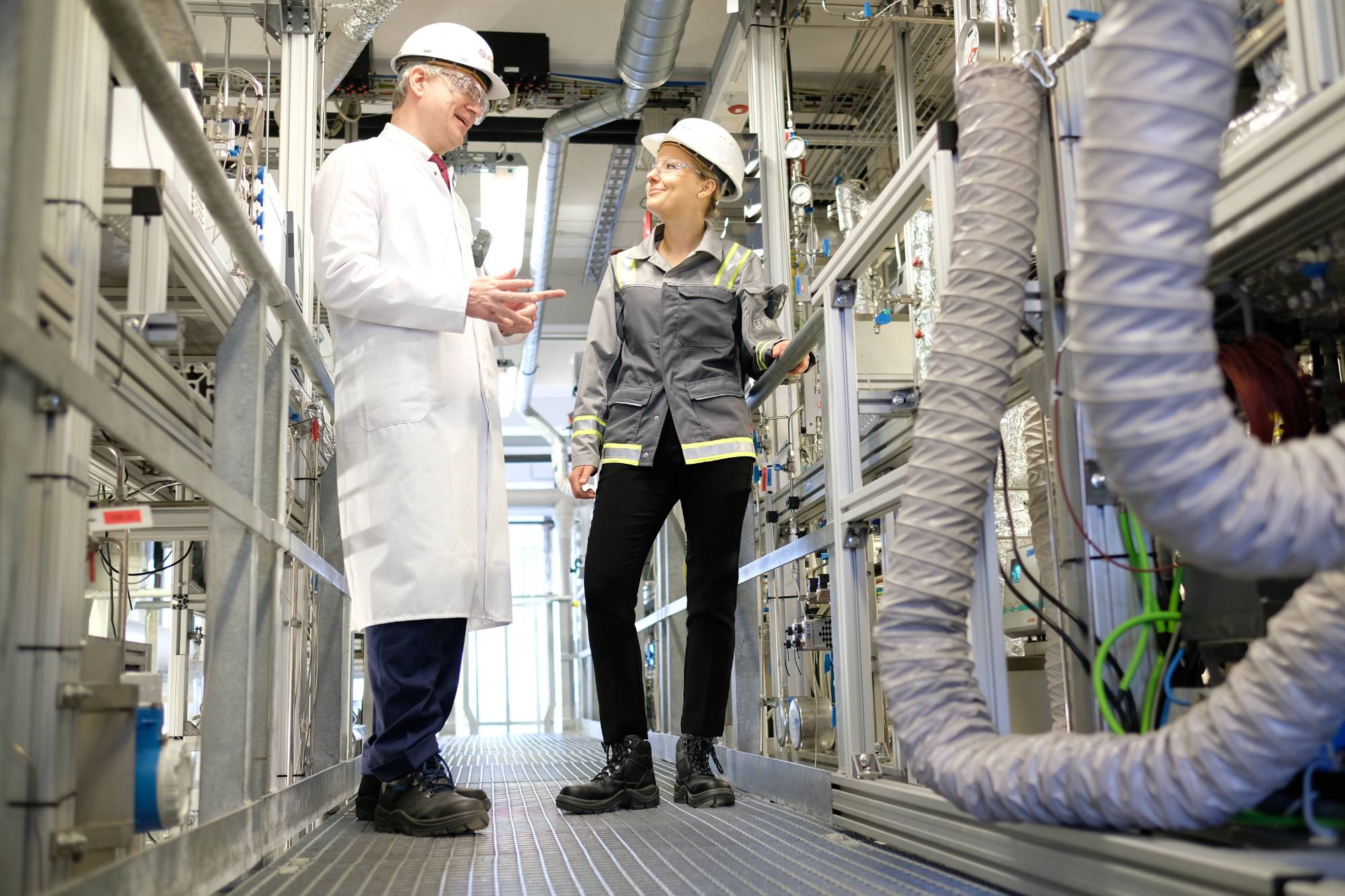
ROMEO, ROMEO...
Submitted by:
Andrew Warmington
Evonik and nine partners in the ROMEO (Reactor Optimisation by Membrane-Enhanced Operation) project have succeeded in developing catalysing oxo reactions, in which olefins are converted into aldehydes with synthesis gas in a hydroformylation reaction. It is claimed to be a 70% more energy- and resource-efficient and to reduce greenhouse gas emissions by up to 45% by avoiding the need to evaporate larger quantities of the reaction product.
ROMEO replaces a two-step process of carrying out the chemical reaction then separating the product from the catalyst with a single step. Instead, the reaction takes place on a monolith, a kind of cylinder whose inner surface is coated with the catalyst. Uniquely, the membrane is applied on the outside so that the catalyst remains on the monolith and the membrane separates the product.
The project was launched in 2015 as part of the EU's Horizon 2020 research programme, led Professor Robert Franke, head of hydroformylation research at Evonik with the specific aim of developing a completely new type of reactor for these applications. The partners now aim to develop it further, with 25 companies and research institutions participating in the follow-up project MACBETH (Membrane And Catalysts Beyond Economic & Technological Hurdles).
